Hello! Today, I thought I’d make a list of the top ten lesser-known facts about mythology. These are interesting things I’ve come across during many years of reading. Being British myself, most of these come from European sources, but some are from further afield. One article is obviously not enough to do this subject justice, so these are a few of those that stuck in my mind.
10. The First Fantasy Story

Beowulf is an epic poem written in Old English by an unknown writer. There is only one original manuscript, written somewhere around 1000 CE. As old as it is, the manuscript is almost certainly a written version of a much older oral story, possibly dating back to 700 CE, and possibly even further. The scholars are still arguing about the story, as scholars tend to do, but Beowulf probably means bee wolf, in other words, a bear. The story follows the hero as he slays a monster called Grendel, then the monster’s mother, and later a dragon.
9. The Easter Hare
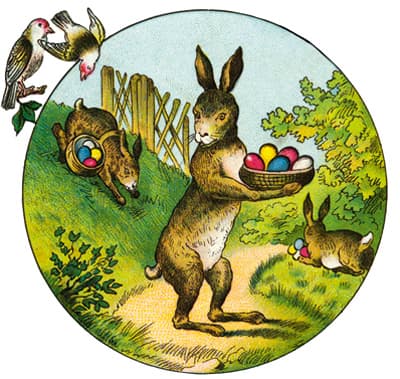
According to some scholars, Easter is a derivative of Ēostre or Ostara, the Germanic goddess of light and the dawn. The month we call April was once named after her, which explains why the modern celebration is held then. She also became known as the goddess of fertility and the spring, which is why we often see chicks on Easter cards. Ēostre is also linked to hares, who carried her spring light, not rabbits. It’s the Easter Hare that brings your chocolate eggs.
8. Horrible Elves
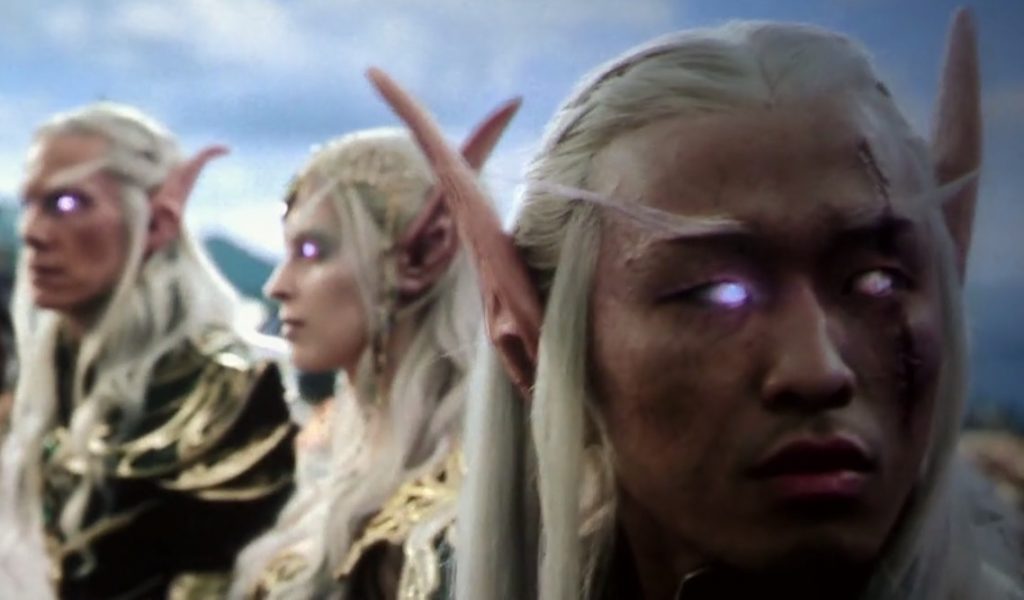
When people mention the word ‘Elf’ they mean the tall, noble and wise humanoids who are good with bows and talk to trees. But this version of elves is a relatively recent thing, invented by Mr Tolkien et al. The same thing goes for Santa’s little helpers, who date back only to the nineteenth century when Christmas was becoming more commercialised. Before that, elves were seen as malicious sprites or pixies, which made people and livestock ill and generally weren’t very nice. They were very small and could make themselves invisible at will.
7. Robin Hood
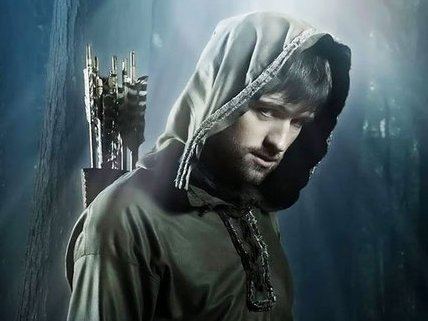
For many people, Robin Hood is a completely fictitious character, invented by Hollywood. While he might be surrounded by mystery, the man himself was probably a real person. We have to go back to Joseph Ritson, writing in 1795, to find at least some of the truth. Ritson seems to have discovered Robin was born in the Nottinghamshire village of Locksley in 1160, during the reign of Richard the Lionheart. His birth name was Robert Fitzooth. He was thought to have been an aristocrat of some sort and had a claim to the title Earl of Huntingdon. He died at the age of 87 in 1247.
6. Who?
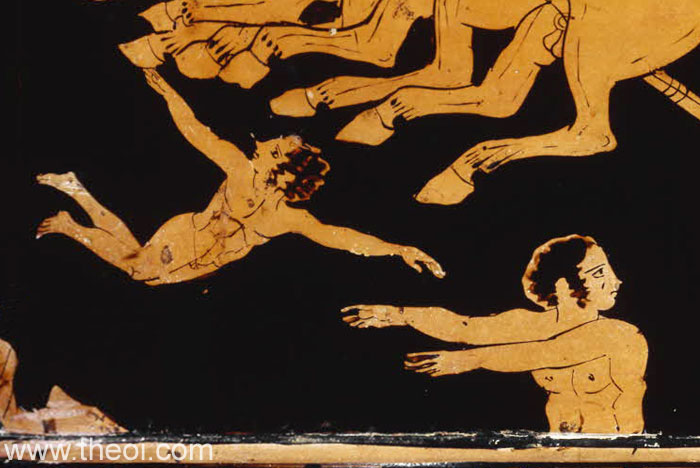
You have probably heard of Zeus and Aphrodite, but what about Stilbon? He was a Greek god of the planet Mercury, called Hermaon by the Greeks. He was one of the five sky gods, the Astra Planeta, along with Eosphorus, Hesperus, Pyroeis, Phaethon, and Phaenon. Of course, there are only five of them, because the other planets, Uranus, Neptune and the now demoted Pluto had yet to be discovered. Why they are less known is a mystery, maybe that just didn’t have a decent publicity agent, or maybe they dropped out before the other gods got famous.
5. Front and Back

The futakuchi-onna, which means two-mouthed woman, is a weird monster from Japanese mythology. These creatures look like normal but undernourished women but have a second mouth on the back of their heads. This mouth is exactly the same as a normal one and can eat as well as talk. This second mouth constantly demands food and can cause the woman pain if they don’t feed it, and will scream and shout obscenities until it’s fed. If this still isn’t done, the woman’s hair will turn into tentacles which steal their food, taking so much the woman’s original mouth won’t get any food at all.
4. Cosmopolitan Count
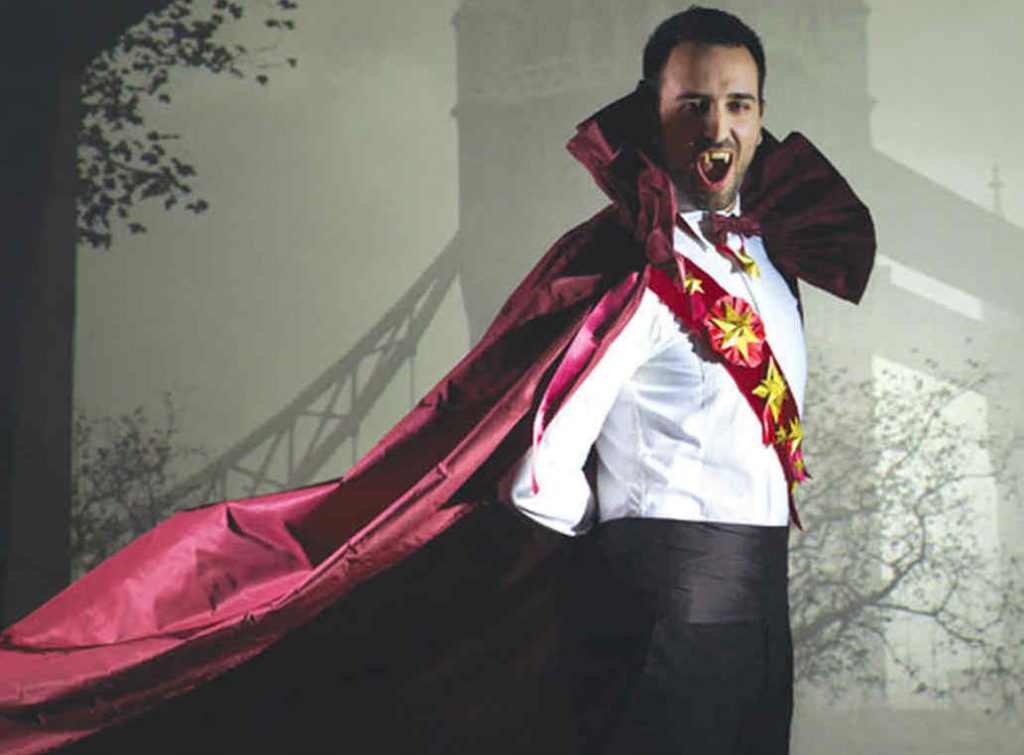
You might hear the word vampire and think of a European monster in a formal suit entering young ladies’ bedrooms and biting their necks. And while that might be a more modern take, vampires have actually been around a lot longer and are more widely spread than you might think. Going back as far as Mesopotamian times, there were stories of blood-sucking creatures. The ancient Greeks and Romans also had such tales. Almost every part of the world has at least a few stories of vampires, from Asia to Africa, and North and South America. It seems the Count and his relatives like to travel.
3. The Golden One
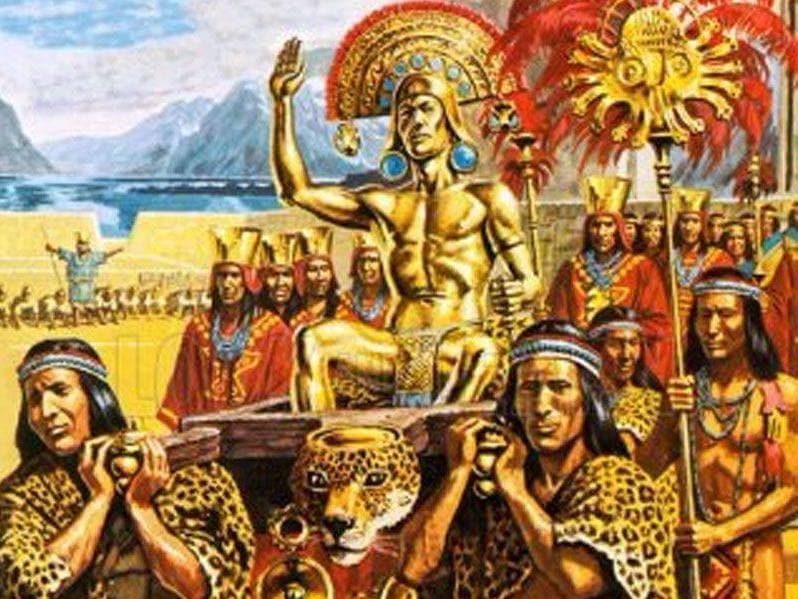
You might have heard of El Dorado, the legendary city in South America made from solid gold. Famously, the Spanish Conquistadors searched all over for it, and never found it. There’s a good reason for that because El Dorado was actually a person. The tribal chief of the Muisca people would go through an initiation rite in which he was covered in gold dust, and then washed it all off in the lake, while attendants threw gold and precious offerings in around him. To the Muisca tribe, gold was sacred rather than valuable.
2. Beneath Our Feet

Despite the scientific evidence to the contrary, some people still believe there is a city in the Earth’s core. Agartha is its name, or Agharti if you prefer. It’s apparently filled with wisdom and wealth, but can only be accessed, according to some, by the pious. It is, supposedly, a massive complex of caves, the entrance of which is, conveniently, somewhere in Antarctica. Not much is known about who lives there, how they got so wise and rich, and if the buses run on time.
1. Two is Better Than Three

A bident is like a trident but only has two prongs. In mythology, there is some discussion of who and what had a bident, and whether it might have been a trident. Both Pluto (The ruler of the underworld, not the Disney character) and Hades have bidents in some artworks, but tridents in others. Achilles’ spear might actually have been a bident, as it was sometimes referred to as bifurcated. It seems the most famous of trident fans, Poseidon, might have had a bident after all.



